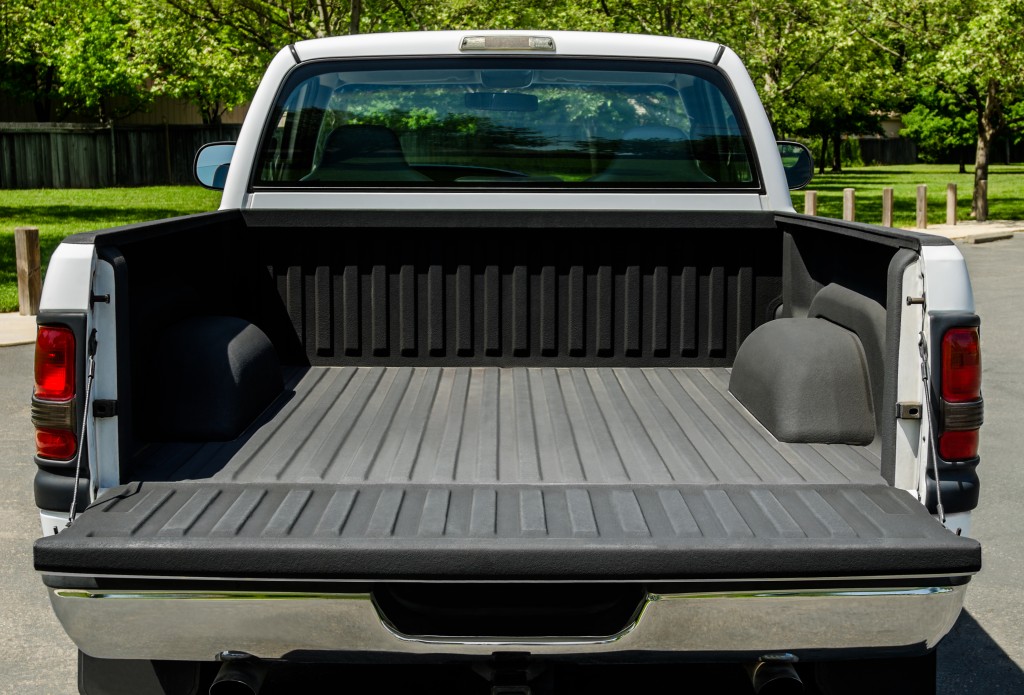Shopping for a car undoubtedly comes with the making of several choices. To most would-be truck owners, it is daunting to pick the best truck from the ones available at your dealership. It thus helps to have a few expert guidelines on your available options to know what works best for your needs.
One of the crucial specifications when buying a truck is its transmission type. This is also called the gearbox and acts as a bridge between a vehicle’s engine and its drive wheels. It converts the horsepower and torque to varying speeds.
Used truck dealers here in Phoenix will have automatic, and manual transmissions for you to choose from. Automatic transmission only requires you to select modes for changing the gears of your vehicle and is the most common in modern trucks.
This makes your driving safer and easier, allows better traction and maneuverability on the road and ensures a smooth ride with minimal risk of rollback when driving on steep hills. The following are the types of automatic vehicle transmissions that your truck might have.
Automated Manual Transmission
This is sometimes called the semi-automatic transmission. It uses a regular gear and clutch setup though this is automated by the use of pneumatic processors, actuators, and sensors. Trucks with an automated manual transmission have optimal performance on highways.
They are not your best choices for city driving since their engines will feel jerky when you accelerate hard.
Continuously Variable Transmission
This has a gearbox that either uses a pulley or belt rather than steel gears for the changing of its gears. The continuous variable transmission will allow a seamless gear shift with a broad range of ratios and will facilitate the spinning of your engine at maximum speeds.
There are two types of continuously variable transmissions. The hydrostatic transmission will use variable-displacement and hydrostatic motor pumps for the transfer of power to your car’s engine. The toroidal transmission, on the other hand, uses power rollers and discs for the same task.
Though these transmissions have an optimal fuel economy, the engine generates considerable noise under load or acceleration.
Dual-Clutch Transmission

This is a hybrid of the manual and automatic transmissions. It contains no torque converter and will use two distinct shafts for the changing of gears. One shaft is meant for even-numbered gears and the other for the odd-numbered ones.
While the dual-clutch transmission allows the shift from a high to lower speed fast and a seamless transformation from automatic to manual, it has scratching sounds and noisy clutches.
Tiptronic Transmission
This works much like the manual transmission. It nonetheless differs from the latter in that it will use a torque converter rather than a clutch pedal, has an option of auto shifting and will not let you have full gear control. The uniqueness of the Tiptronic transmission lies in its option for overriding the automatic mode.
You thus can drive in automatic and switch into manual when going up or downhill.
Your choice from the transmission types above will depend on the performance you want for your truck. Other than this, your budget will determine the transmission you get. Some automatic transmissions are, after all, more costly than others.

